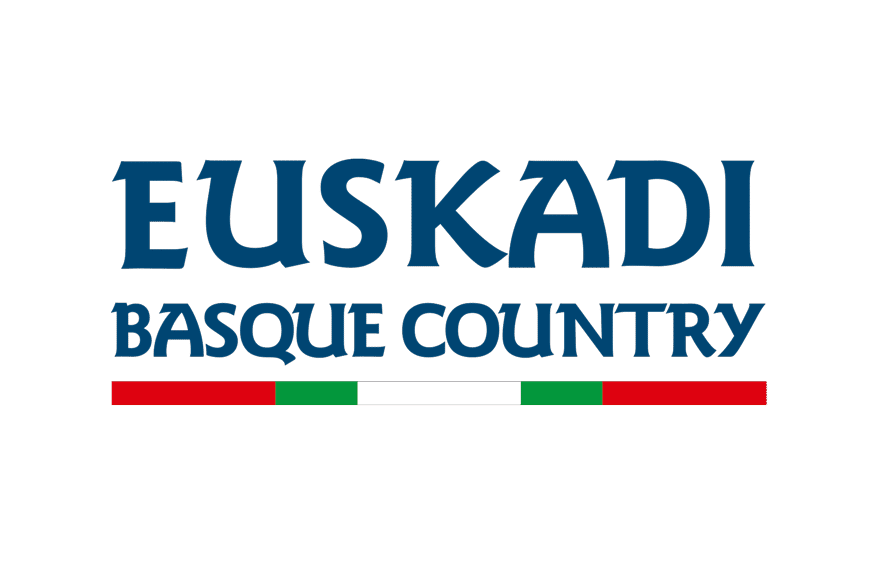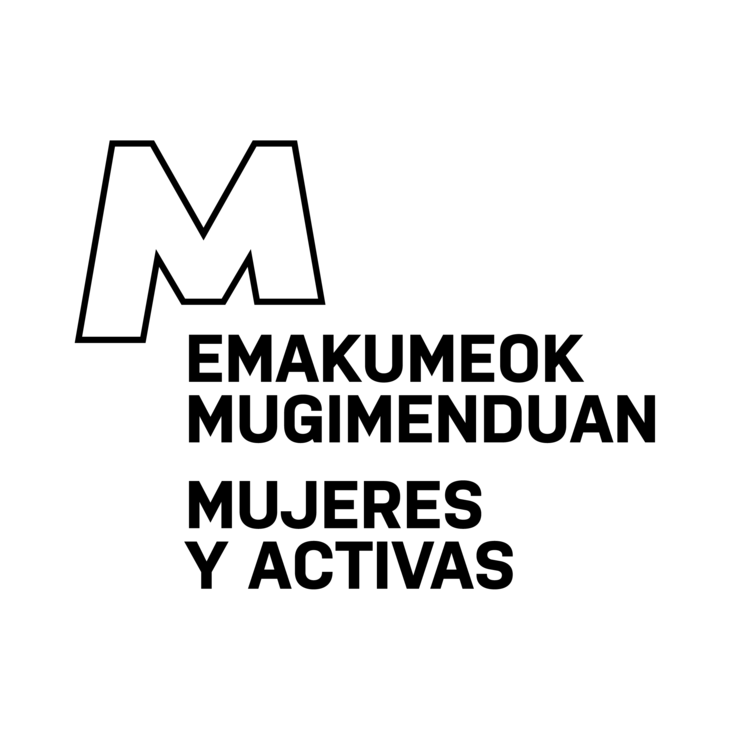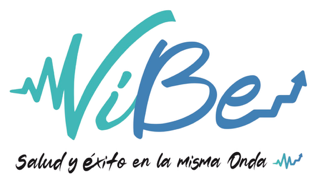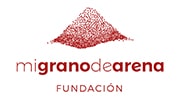- I am a runner
- The event
-
Other events ZSSM
Other events ZSSM
- RESULTS
History
San Sebastian Marathons history goes over four decades back, which makes it the second-oldest marathon in Spain.
Its inaugural edition took place on October 15th 1978, soon after Madrids Marathon (first held on May 21st). A few years ago, El Diario Vasco took a trip down memory lane with two people who played a key role in the inception of our marathon, Patxi Ripalda and Juanjo Ozkariz, who are now honorary judges of the Royal Spanish Athletics Federation. At the time, they held specific positions in the organizational tree in charge of the race logistics.
Patxi Ripalda, who hails from San Sebastián, chaired the FAG for 12 years (first from 1988 to 1996 and then from 2000 to 2004) and the FAG Judge Panel, as well as serving as a judge in the 1992 Barcelona Olympics and as a national judge and taking part in the first few editions of the race. "I was more of a sprinter. When I saw all the buzz around the launch of the marathon, I decided to prepare for it. I ended up with really sore muscles. I still treasure my medal and the certificate I got, signed by the late José María Imaz from Tolosa, who was the chairman at the time. Rafa Puignau, who is no longer with us, was the mastermind. Rafa was really passionate about athletics. He had been to the European Championships several times and came back delighted. He brought up the possibility of organising a marathon in the city. A group of amateurs teamed up to make it a reality. You could almost say it was a home-made marathon. Gaspar Esnaola also helped us a lot. He went on to win the race twice, once in 1981 (2h24′) and again in 1983 (2h18′)."
Juanjo Ozkariz, also from San Sebastián, seconds what his friend Patxi said. "Our beloved and fondly remembered Rafa Puignau was the creator and ideologue behind the race. He was deeply in love with this sport and never missed a beat of what was going on in the world of athletics."
Manual timing, chips…
This amateur operation gradually evolved thanks to the introduction of improved technology that made logistics much simpler. "It was insane. The course of the first edition consisted of one lap of a 4-kilometer circuit and two of a 19-kilometer. Our decision to measure the distance with a measuring wheel turned out to be calamitous because the road was riddled with potholes. From then on, we used a tape measure. A group of officials would go out and take turns every 25 meters until we got to 100 meters, repeating the process until we got to 42.195 kilometers. The Paseo Nuevo used to be part of the course, but it had to be removed to spare runners the experience of getting battered by the waves. We had 2,500 starters and many of them were so young that nowadays it would be forbidden, unthinkable. It was striking to see all the men finishing with bleeding nipples. The sports gear, shoes, shorts and so on, was nothing like what we have nowadays. Timing was manual and the athletes used to fasten their bib numbers to their shirts using safety pins. Then came chips fixed to shoelaces and now we have chips embedded in bib numbers".
Back in the 1970s, women were a rare sight in running, let alone in marathons. Lourdes Gabarain, from Tolosa, was the first woman in Spain to finish an official marathon. In 1977, when the only marathon held in Spain was the annual Spanish marathon for license holders, which was not open to women. Lourdes, who had yet to come of age, made her debut in the French city of Bordeaux and finished the race in 4 hours, 51 minutes and 32 seconds. At the young age of 17, Rosi Talavera from Hernani won the inaugural edition in 1978 with a time of 3 h 27′ —a Spanish record at the time. "Girls were almost nowhere to be seen in the first few years. It's great to see more and more women take up running. The number of female participants continue to increase year after year. We need to keep growing their presence to move closer to gender parity".
The women's race came a long way. María Luisa Irizar, a well-loved athlete from Andoain, held the fastest times until then. She won the race three times on this circuit, with a personal best of 2h 36′ 11″ in 1987. It took five years for Ana Isabel Alonso to set a new record of 2h 35′ 34″. The runner from Palencia won three editions. In 1995, a multitude of athletics fans got to see her set a new Spanish record with a fantastic time of 2h 26′ 51″, which still stands as the event record.
See you next year?
A global change begins with a first individual step: accept the challenge.























